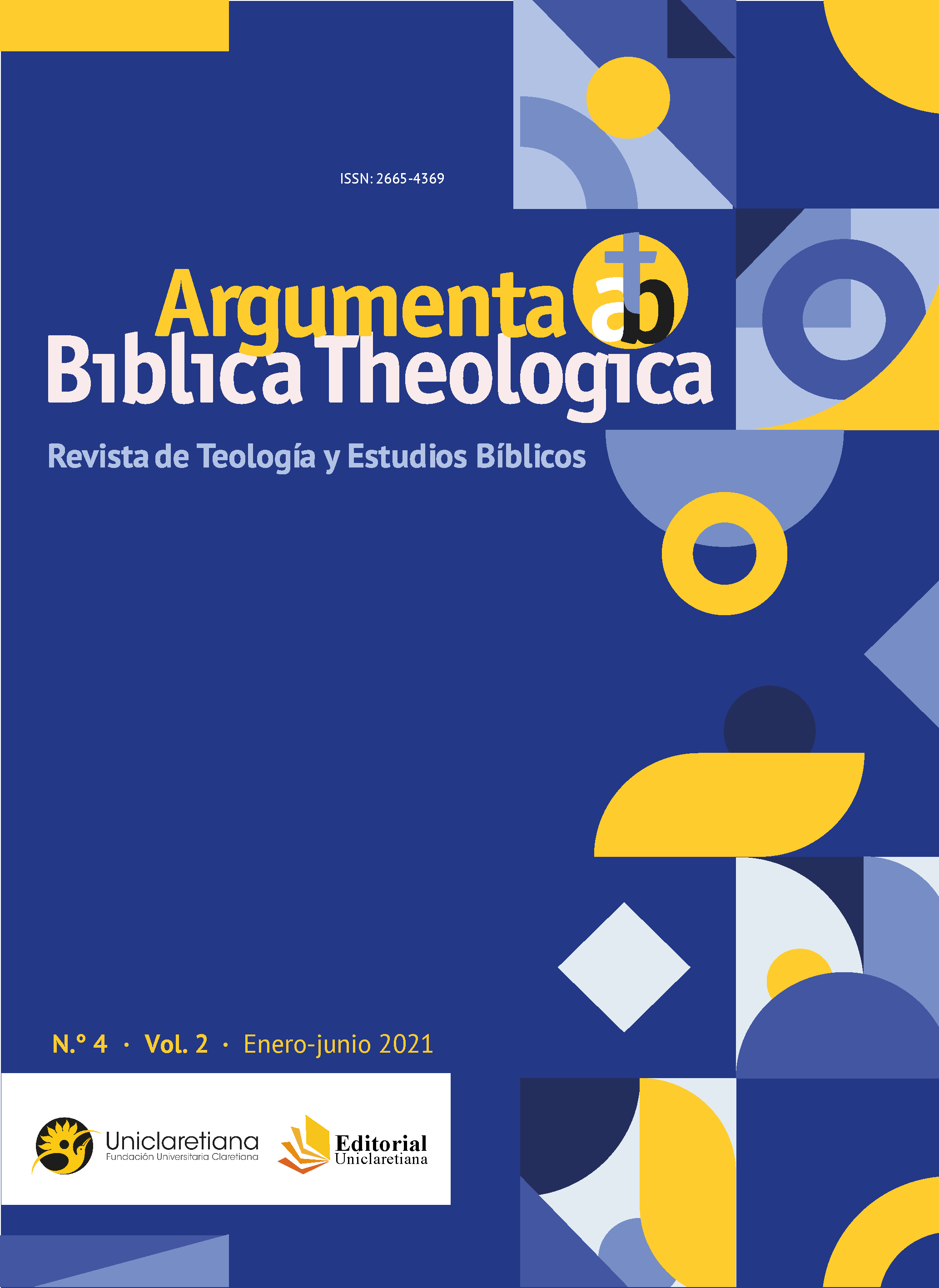Culto y Justicia social
Aproximación comunicativo-pragmática al discurso de Is 1,10-20
Palabras clave:
Acusación-instrucción, Prácticas cultuales, Justicia social, PragmalingüísticaResumen
When a reader first approaches the text of Is 1:10-20, they are astounded by its intensity; whether due to the density of the lexical networks, the content of its sentences, the richness and syntactical complexity with which the text is constructed, or other strategies such as images, colors, metaphorical language, etc., that the author uses.
The reader's surprise increases when they realize that the speaker is God himself. A God who appears upset, bewildered, and who seems to be pleading for an urgent change https://ppid.bnn.go.id/, faced with a reality he can no longer bear. God appears totally involved and affected. The text overflows in every sense, not only because it contains the most complete list of diverse cultic practices in a prophetic book, but because it leads the reader to feel the representative force of each of the realities described and the oppression they produce. The reader thus enters into the dynamics of God, who opens his interiority and communicates how much harm is caused by the falseness of relationships founded on a cult built on a poor and exploited people.
Descargas
Descargas
Publicado
Cómo citar
Número
Sección
Licencia
Derechos de autor 2020 Uniclaretiana

Esta obra está bajo una licencia internacional Creative Commons Atribución 4.0.
Los artículos publicados en la revista están disponibles para ser utilizados bajo la licencia Creative Commons, específicamente son de Reconocimiento-NoComercial-CompartirIgual 4.0 Internacional.
Los trabajos enviados deben ser inéditos y suministrados exclusivamente a la Revista; se exige al autor que envía sus contribuciones presentar los formatos, la presentación de artículo y la responsabilidad de autoría completamente diligenciados.



